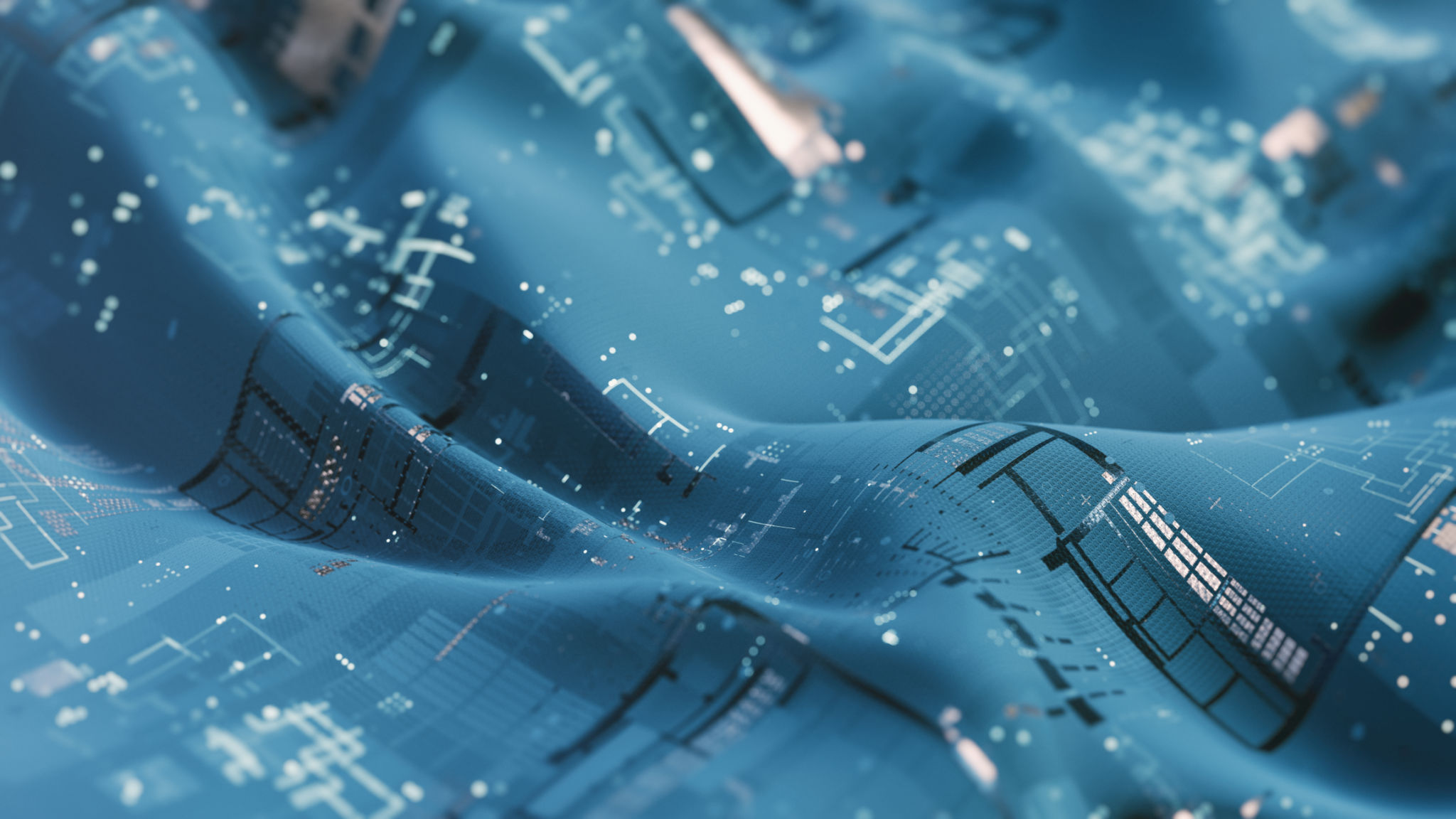The Intersection of Fashion and Technology: How Tech is Changing the Way We Dress
The Evolution of Fashion Through Technology
Fashion and technology have always been intertwined, but in recent years, this relationship has evolved dramatically. With the advent of new tech innovations, our approach to fashion is rapidly transforming. From the way we shop to the materials we wear, technology is playing a pivotal role in reshaping the fashion industry.
One of the primary ways technology is influencing fashion is through the introduction of wearable tech. Items like smartwatches and fitness trackers have become commonplace, seamlessly blending style with functionality. As the demand for these products grows, designers are challenged to create pieces that are both technologically advanced and aesthetically pleasing.

Revolutionizing Shopping Experiences
The integration of technology into shopping experiences has transformed the way consumers interact with brands. Online shopping platforms now offer virtual fitting rooms, allowing customers to try on clothes digitally before making a purchase. This not only enhances the shopping experience but also reduces return rates, benefitting both retailers and consumers.
Moreover, augmented reality (AR) is making waves in retail spaces. Brands are using AR to provide interactive experiences, enabling customers to visualize how a garment will look in real life. This technology bridges the gap between online and in-store shopping, offering a unique and personalized experience.

Innovative Materials and Sustainable Practices
Technology isn't just changing how we shop; it's also revolutionizing the materials used in fashion. The development of innovative fabrics, such as those made from recycled plastics or organic compounds, is paving the way for more sustainable fashion practices. These materials are not only environmentally friendly but also offer enhanced durability and comfort.
Furthermore, 3D printing technology is making it possible to produce clothing with minimal waste. Designers can create intricate patterns and structures that would be impossible to achieve with traditional methods. This not only reduces material waste but also allows for greater creativity and customization in fashion design.

Data-Driven Fashion Trends
Another significant impact of technology on fashion is the use of data analytics to predict trends. By analyzing consumer behavior and preferences, brands can anticipate what styles will be popular, enabling them to tailor their collections accordingly. This data-driven approach ensures that brands remain relevant and competitive in a fast-paced industry.
Social media platforms also play a crucial role in shaping fashion trends. Influencers and fashion enthusiasts share their styles with a global audience, providing brands with valuable insights into emerging trends. This symbiotic relationship between social media and fashion continues to drive innovation and creativity.

The Future of Fashion and Technology
As technology continues to advance, its influence on fashion will only grow stronger. We can expect to see even more innovative solutions that blend style with technology, offering consumers unique experiences and products. The challenge for designers will be to stay ahead of the curve, embracing these changes while maintaining their brand identity.
Ultimately, the intersection of fashion and technology is creating a more dynamic and inclusive industry. By leveraging the power of technology, fashion can continue to evolve, catering to diverse consumer needs and preferences while promoting sustainability and innovation.
